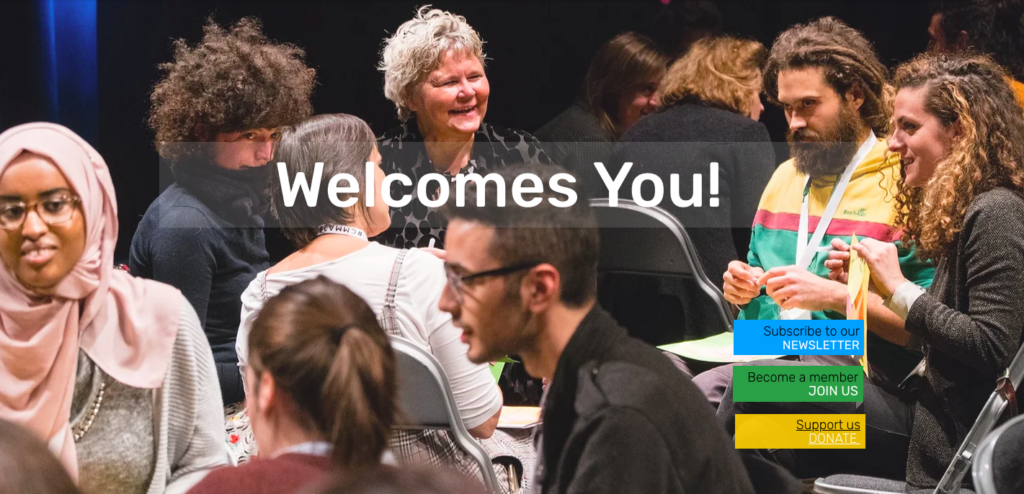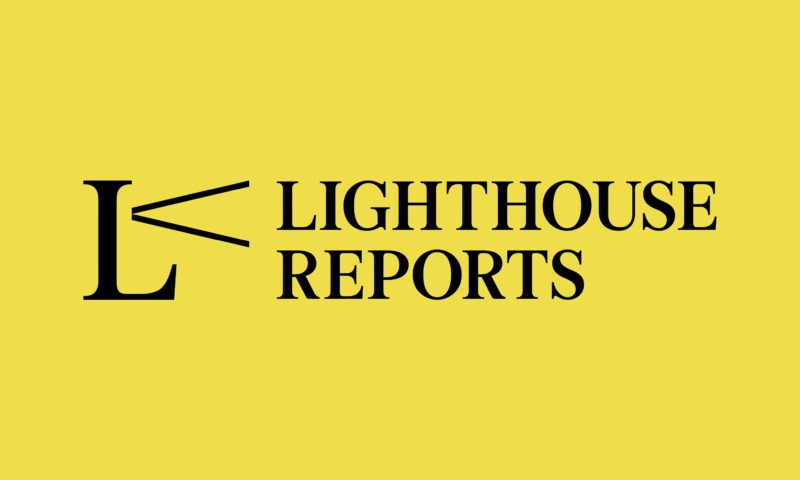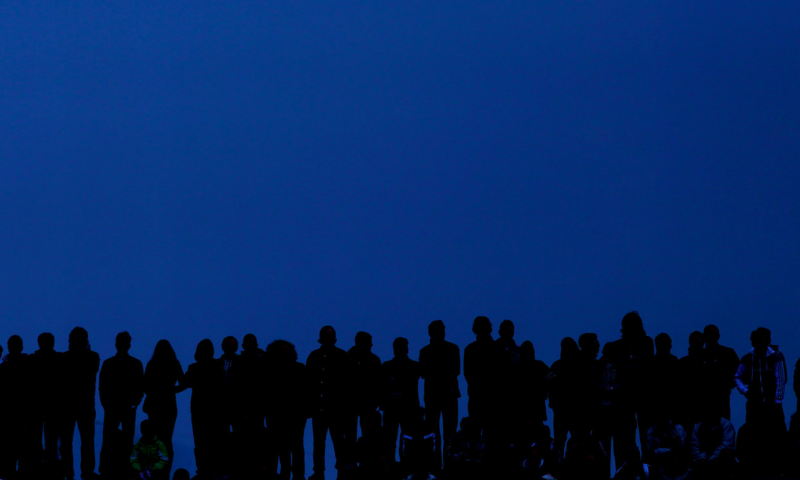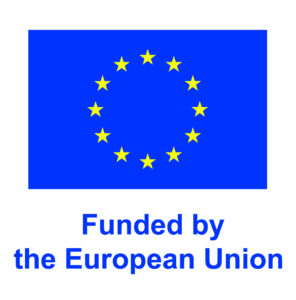Community Media Forum Europe (CMFE) brings together community media organisations from over 27 countries, helping to represent their interests both by communicating the benefits of community media in general and also by advocating for them in relation to the state: lobbying for community media to be recognised in national media law, for access to funding and to infrastructure, such as FM frequencies for community radio stations to be able to broadcast in their local area.
Community media is mainly produced by volunteers who want to share their passion, and CMFE itself also relies on volunteers. Founded in 2004, it unites national umbrella organisations for community media, community radio and TV stations, online outlets, and academics interested in researching this “third sector” in media (after state and commercial media).
CMFE not only advocates for community media but also supports it by participating in European projects that could bring production grants and opportunities for development. One current project is Display Europe, working to create a one stop shop for European citizens to be able to search through reliable information, while still interacting with the individual media outlets rather than the big tech platforms only. CMFE is also a member of the consortium that carries out the European Excellence Exchange in Journalism project, of which this Directory is part.
Vladimir Radinović is the president of the board of CMFE, and has been on the board since 2019. His work at CMFE started around outreach and communications (newsletters, social media, graphic design, including a refresh of the website and branding). To better understand the scope of CMFE, I asked him about the current priorities for the network. The interview was edited for length.
Directory Editor: CMFE does bigger picture advocacy work for community media, but also gets involved in projects that are much more concrete, like production grants. How do you balance the different aspects of the work?
Vladimir Radinović: We have this strategic plan that has four pillars. Two of them are closely connected to advocacy. One is legal and background work in the community media sphere, the other is communication and community media visibility. Then we have this third pillar, which is called action for cooperation and change. And the fourth pillar is simply sustainability, the core of CMFE.
Within CMFE, we have two major groups of members. The first one is the general group of all the members, radios, organisations, individuals, researchers.
The second one is called the expert group, where we have people who are working in advocacy, policy, research. And out of that group, we select some individuals who are then following the European legislations and reporting back to the board.
We also rely quite a lot on our members to let us know what is happening on a national level. Just recently, we wrote two letters to ministries in Slovenia, because the proposition for the new media law in Slovenia does not mention community media. So our member from Slovenia, Radio Študent, immediately pointed this out to us, so then we wrote a protest letter to the Ministry of Culture in Slovenia.
Also, our member from Germany, Bundesverband Freier Radios, the German umbrella organisation, contacted us when they saw that in one of the states in Germany, in Lower Saxony, a commercial radio claimed the status of a community radio overnight, and asked to get the money from the local funding authority. And this money is specified exactly for community radio. And they got it. We wrote a protest letter to this authority in Lower Saxony, claiming that this should not be the case, that we need to re-investigate this, and that we are advocating for a statewide recognition of community media in Germany. Germany is specific, each state has their own media law. So it’s a bit complex to do advocacy there.
Same thing happened last year, when our members from Denmark and Sweden pointed out that there was a problem in Sweden, where the community televisions were losing financing from the government. So we immediately reacted.
Sometimes in a project, there is an opportunity to do some policy work. For example, now in Display.Europe, there is a policy paper being written by the Council for European Public Space. We also join those discussions and try to have some of the contributions from community media put into those policy papers.
Editor: For the projects that you do get involved in, what are some of the ingredients that make sense for you strategically?
VR: It’s very important that we have our members involved within the project. If there is funding for content production or for organisational development or training for our members, then we go for it.
Education is also something we are very much interested in. Community media outlets are usually also educational outlets, because people who go to community media to create any kind of content are amateurs. The first thing they get is a course on how to produce good content.
We got invites to participate in a project with a school in Portugal, where the focus would be on educating future media professionals, and for us this was very interesting, because we know that in Portugal, there is almost no community media whatsoever. So we wanted to work with young people in Portugal and show them the benefits of community media. So that’s how we try to leverage these projects.
Editor: What are some of your priorities for the next year?
VR: One of our big challenges for the future is definitely digitalisation. This is why we joined the Display Europe project, because we see that digitalisation is inevitable and community media always has an issue with that, mostly because community media is mainly made out of volunteers. And it’s hard to get technical volunteers to join, because these people usually have quite a lot of work in their normal lives. And it’s hard to expect that after 80 hours of programming, they will come back to community media and code more.
In some states in Europe, where there is an option to have FM licenses [for radio broadcasting], this is going to be a bit problematic in the future. We want to somehow tackle this issue to find the best option for them, how they can easily go through this process without investing a lot of money, or having to write projects, or even end up in a situation where countries decide to shut down FM.
This is a problem, because we cannot expect that every citizen has access to new technology. Also in case of catastrophes, you simply need to have the FM license. A lot of our members are relying on these FM licenses. And their communities are local, so without those FM frequencies, switching overnight to internet streaming might be quite problematic for them and for their communities.
FM frequencies have always been an issue for us. We are looking into access to information and also access to these frequencies. Not just in countries where they exist and there is talk about shutting down, but also in countries where community radio stations never had a chance to have the FM frequencies.
The third thing that we are looking into right now is the small language groups. Because of the AI hype, especially with language models, we know that small language groups can be very neglected in this situation. And community media has always been a space for diversity. Languages are always important and we are looking to find partners working with minority languages, so they aren’t left behind in this overall AI digitalisation.
Editor: For CMFE as an organisation, what are some challenges specific to your work?
VR: In community media, most people are volunteers. Volunteering at your local community media is pretty beneficial and it’s something that people love doing. But then if you ask them to volunteer on another level at the CMFE, then this can be a bit problematic, because they simply don’t have any more time. The lack of dedicated personnel, lack of time is our biggest challenge.
The other thing is that we are scattered all across Europe, so we rarely meet physically. It is hard to run an organisation if you only meet once a month online. You don’t really have a feeling that you are working for something.
With the Display project and others, we got funding so that we can pay some of our personnel and we can focus more on organisational development. Core funding is our biggest issue.
Editor: How has CMFE’s membership changed in recent years?
VR: It was founded by several different professors, community media activists, members of the Austrian umbrella organisation, so it was mostly Western Europe.
And then it started developing towards the East more. On the other hand, there aren’t that many community media outlets operating in Eastern Europe.
We had most members from the West and in the North of Europe. In recent years, new members have mostly been individual researchers from universities, but also some community media outlets from Eastern Europe, namely from Hungary, Serbia.
Editor: Are you actively thinking about a role for CMFE in educating people about the opportunities of community media, so that they might start something? Or is it mostly about supporting existing organisations?
VR: Some of our members are currently working on a Horizon project where there will be some mapping of community media in Europe. We’re very happy that we’ll have this information because the last time this was done was in 2012. So it’s quite old and it wasn’t really in-depth. Also we have to be aware of the political and legal situations in each country.
We are thinking of first creating a learning hub, and then potentially reaching out to certain organisations in countries where you don’t have that many community media outlets, and trying to work with them. Maybe help them create an umbrella organisation on a national level, and then disseminate knowledge to the local actors.






